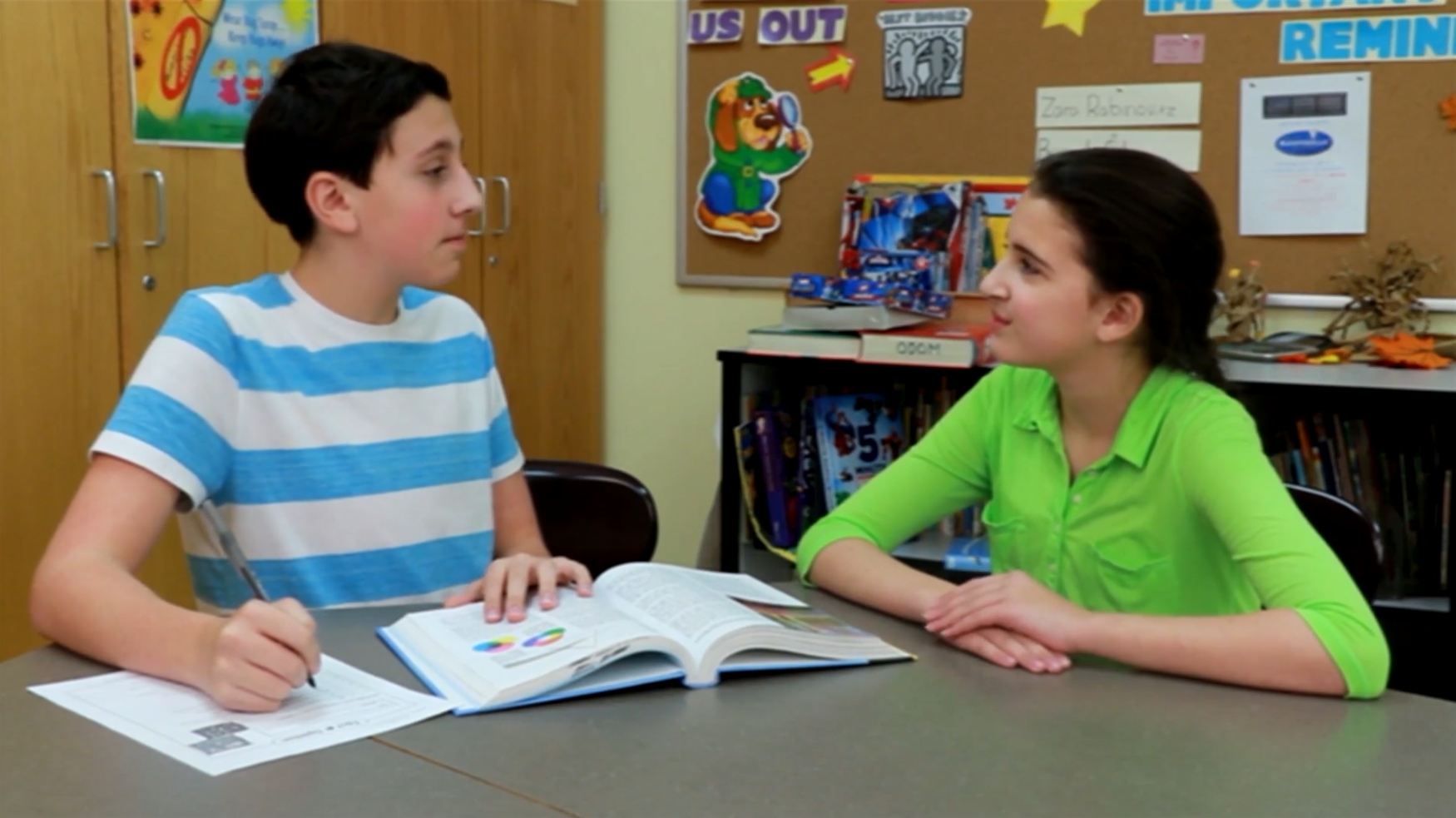
Introduction
Gaining someone’s attention is a crucial skill for students to learn, especially in special education settings. This skill helps students initiate conversations, ask questions, and express their needs effectively. Teaching students to gain attention involves understanding personal space, using body language, and choosing appropriate words. In this blog post, we will discuss an easy no-prep activity for educators to use in their classrooms, discussion questions to stimulate further learning, and additional skills related to gaining attention.
No-Prep Activity
The “Personal Space Bubble” activity is a simple yet effective way to teach students how to gain someone’s attention while maintaining appropriate personal space. Here’s how it works:
- Ask students to stand in a circle, with each person having enough space to move comfortably.
- Explain to students that they have an invisible “bubble” around them, which represents their personal space.
- Have students practice moving closer to the person next to them without popping their “bubble” or invading their personal space. Remind them to keep their hands on their hips as a guide.
- Once students are comfortable with maintaining personal space, have them practice gaining attention by facing the other person, making eye contact (if comfortable), and using appropriate words like “Hey,” “Hello,” or “Excuse me.”
- Encourage students to wait for signs that they have the other person’s attention, such as eye contact or a verbal response, before starting a conversation.
Discussion Questions
- Why is it important to gain someone’s attention before starting a conversation or asking a question?
- What are some ways to maintain personal space while trying to gain someone’s attention?
- How can you tell if you have successfully gained someone’s attention?
- Why is it essential to be patient and wait for the right moment to talk to someone who is busy?
- What are some inappropriate ways to gain someone’s attention, and why should they be avoided?
Related Skills
Teaching students to gain attention is an integral part of their social-emotional development. Other relevant skills to consider incorporating into your curriculum include:
- Active listening: Encourage students to focus on the speaker, make eye contact, and provide feedback during conversations.
- Expressing feelings: Teach students to identify and communicate their emotions using words, facial expressions, and body language.
- Respecting boundaries: Help students understand the importance of respecting others’ personal space, privacy, and feelings.
- Problem-solving: Equip students with strategies to address conflicts and challenges in a constructive manner.
- Empathy: Foster students’ ability to put themselves in others’ shoes and understand their feelings and perspectives.
Next Steps
Teaching students to gain attention is a valuable skill that will benefit them in various social situations. To access more resources and activities to support your students’ social-emotional learning, sign up for free samples at Everyday Speech. By incorporating these essential skills into your curriculum, you can help your students thrive and foster meaningful connections with others.

